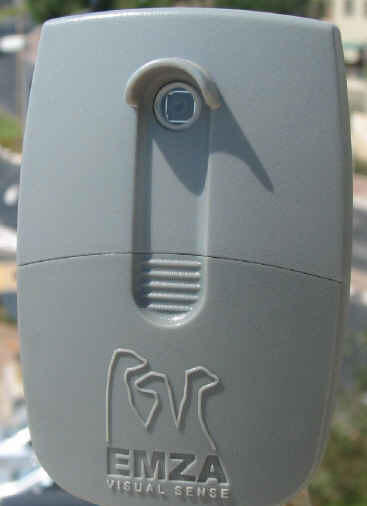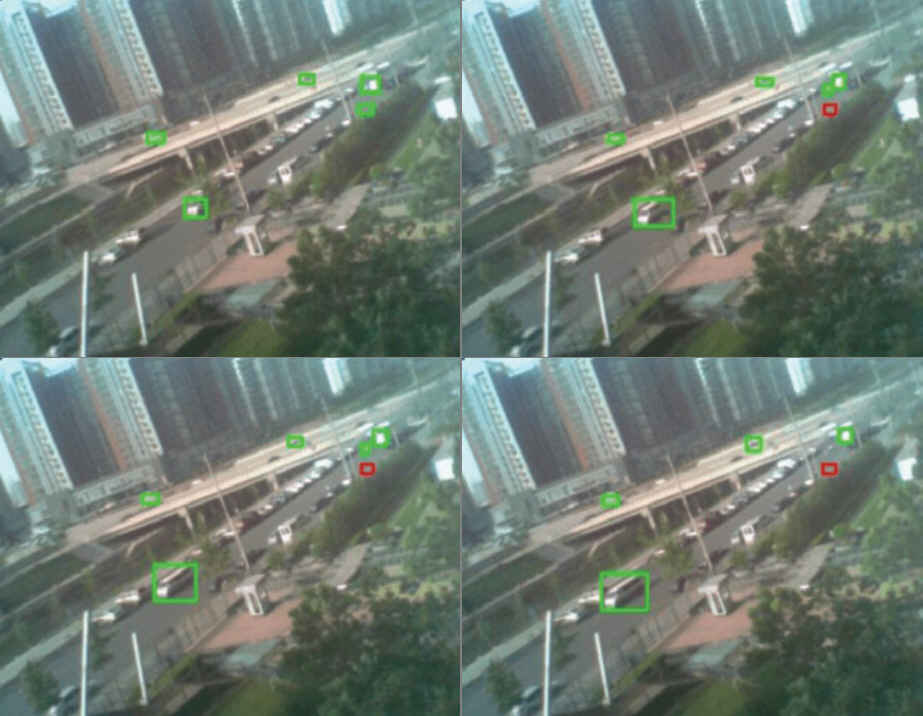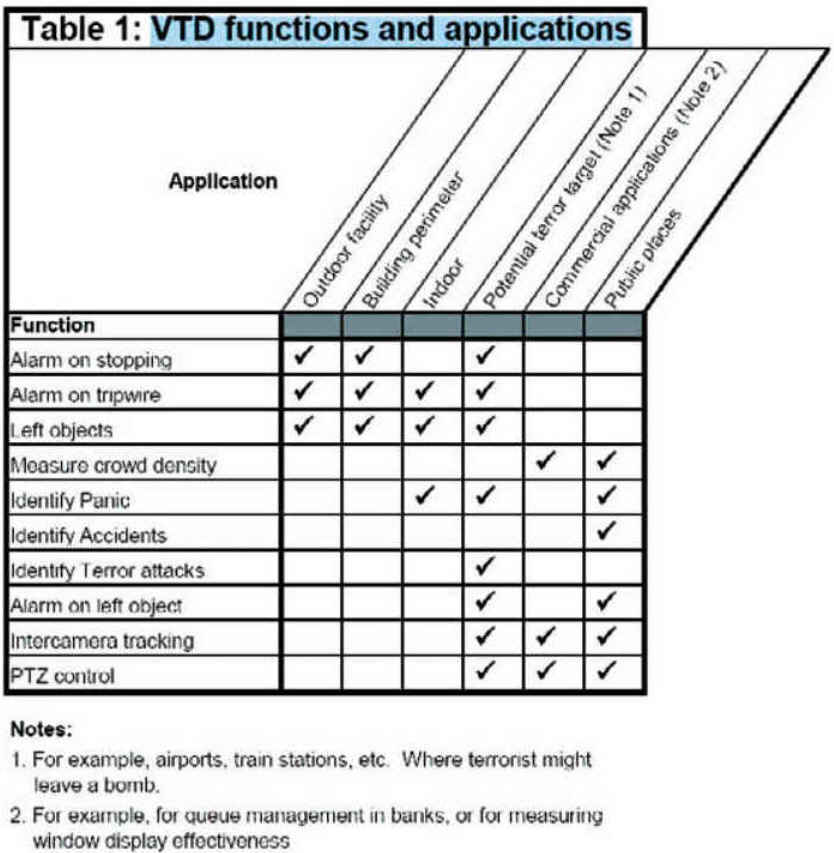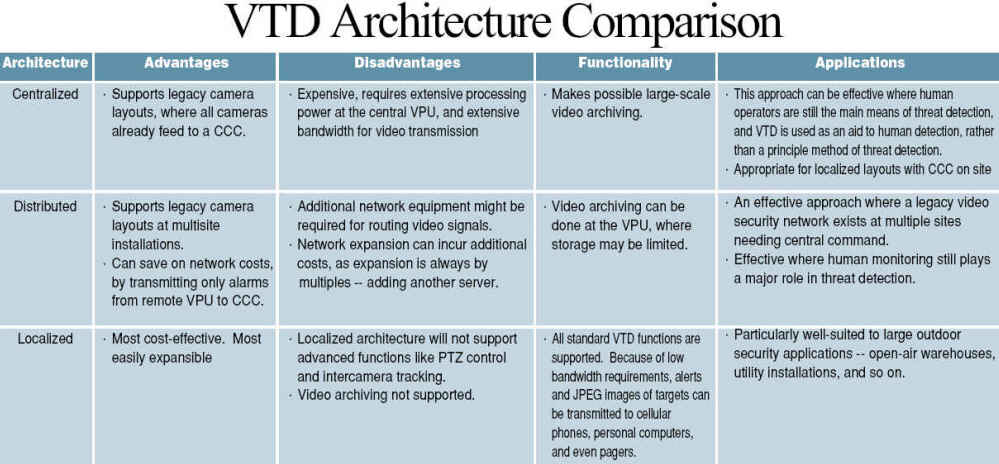.jpg)
By Joel Epstein
Recent advances in video surveillance are making it possible to secure large outdoor installations, that, until now, were extremely costly to protect. Remote sites include electrical stations, water works and other public utilities, outdoor storage areas, car lots, and open warehouses. All these have been exposed to the threats of vandalism, theft, and sabotage, with virtually no cost-effective means of real-time detection.
Standard video surveillance for sites such as these is ineffective and prohibitively expensive. Simply the cost of infrastructure running coaxial cable from a video server to remote cameras, and the high bandwidth required for transmitting the video images to a CCC (Central Command and Control) center can be enormous. But, beyond that cost, the use of humans to spot threats on the video monitors is both costly and inefficient. A 2002 study published by Security Oz magazine showed that security guards missed 45 percent of screen activity after only 12 minutes of monitoring, after 22 minutes, they missed 95 percent of the activity.
ENTER VTD TECHNOLOGY
The development of Video Threat Detection (VTD) systems solves the problem of human inefficiency. VTD systems use artificial vision algorithms to analyze the video stream, and send alerts only when there is real evidence of a security event. These systems know how to weed out trees swaying in the wind, small animals wandering into the field of view, and other non-alert events, and generate alerts only when a suspected intruder appears.
VTD technology has been on the market for more than 6 or 7 years, so it cannot be called a new or untested technology. It is gaining currency in the marketplace. In its report Global CCTV Market Analysis (2008-2012), Electronics.ca, an electronics industry market research firm, notes that CCTV applications are growing at about 23 percent annually, and that ¡°Intelligent video surveillance is emerging as a new trend that is driving the video surveillance software market.¡± VTD is the jewel in the crown of video analytics real-time detection of threats and alerts.
¡°The real limiting factor in any traditional alarm system is the problem of false alerts,¡± says David Meurer, Security Contractor of the Armed Response Team, in Albuquerque, New Mexico, the U.S. With VTD technology, adding a large number of stakeout sites is possible because our operators wont be inundated with alerts from weather, light, and other environmental distractions.
COST-EFFECTIVE SOLUTION
While the technology is not new, new architectures are making VTD cost-effective for outdoor and remote security applications. Until today, the visual analysis of VTD was done by a Video Processing Unit (VPU), a powerful computer that ran the analysis algorithms. Surveillance cameras had to be hardwire connected to the VPU by coaxial cable, to send the full video signal for analysis.
Emza¡¯s WiseEye sensor has the VPU built right into the end unit. This approach, new in the video security field, has made a huge step toward making VTD a cost-effective and flexible solution, especially for outdoor applications.

The WiseEye visual sensor (Photo by Emza Visual Sense)
VTD, WHAT DOES IT DO?
Essentially, VTD imitates some of the higher functions of the eyes of animals. ¡°Even the smallest animals, such as little birds, can interpret their complex visual environments in ways that outperform our fastest computers and most sophisticated algorithms,¡± explains Zeev Smilansky, Chief Scientist of Emza. ¡°We strive to approach what nature has perfected. VTD algorithms ¡®perform tasks of daunting complexity¡¯,¡± he said.
History of Visual Analysis
VTD is essentially a third generation of visual analysis. In the first generation, a camera transmitted a video stream (usually analog) to a monitor in the CCC, and human operators watched for intrusions. Woefully inefficient.
VMD, the Second Generation
The second generation was Video Motion Detection (VMD). VMD systems knew how to filter out some random noise in the visual field, for example, trees moving in the wind, passing clouds, changes in illumination, camera vibration, and camera tampering. VMD systems also allowed the operator to define dead areas regions of the visual field where motion would be ignored. When an event occurred in the visual field that was not one of these random movements, the VMD monitor would sound an alarm, and the operator could check for an intrusion.
The typical second-generation VMD system works on a threshhold. Motion below the threshhold is considered noise and is not reported, above the threshhold it is an alert. By raising the threshhold, the operator reduces the number of false alarms, but also increases the likelihood of the system missing a real intruder. Fear of missing a real alert meant a high rate of false alarms, so these systems were not always useful, and required a human operator to be attentive to the monitor pretty much constantly.
VTD, The Latest
VTD systems took this filtering a long step forward. VTD can identify movement, and determine if the movement is a threat. It can determine the direction an intruder is moving, its size, and whether it is stopping, dropping or merely passing by. It can ignore some types of motion within the visual field, while paying attention to others. More than this, it can analyze what it is ¡°seeing¡± and perform counting functions, such as catching only the stopped object, so-called ¡°tripwire¡± function, etc.

A series of VTD frames of a road. Moving targets are marked with a green rectangle. A stopping target is marked with a red rectangle. Motion outside the street is ignored. (Photo by Emza Visual Sense)
VTD systems improve the false alarm-true alarm ratio by one or two orders of magnitude, reducing the number of false alarms to near zero. In some cases, false alarms are diminished to single alerts per week per multi-sensor site. Dependence on human monitors is greatly reduced, and, because the humans need only pay attention to alerts -- which are real in more than 99 percent of cases, one security guard can monitor hundreds of target areas, where perhaps a dozen guards would have been required with a VMD or standard video monitor setup.


Table 1, Different VTD functions, and their relevance to different security applications (Source: Emza Visual Sense)
APPROPRIATE APPROACH
Of course, different functions are relevant for different applications. In an indoor facility which is deserted, there are virtually no randomly moving objects or changes in illumnation, so the filtering of these events is less important. A camera trained on a large outdoor storage facility does not have to know to measure density of a crowd.
¡°Not every product is suitable for every application,¡± says Eitan Ramati, CEO of Emza. ¡°For example, our product is targeted specifically for medium to large outdoor security applications, even if they are remote or have little or no infrastructure, it would work for indoor security, but probably would not be the most cost-effective approach.¡±

Table 2. Different architectures, advantages and disadvantages, and applications suitable to each architecture (Source: Visual Emza Sense)
VTD ARCHITECTURES
It is in the area of architecture that real progress has been made in the last few years. Just as different VTD functions suit different applications, different architectures are available to suit the specific security needs of a site. Architectural options are as following:
¡Ü Centralized - All video feeds are transmitted to a central Video Processing Unit (VPU), which performs analysis of the video images and generates alerts.
¡Ü Distributed - Video feeds are routed to a local VPU, that supports a limited number of cameras (typically, 8 or 16). The local VPU analyzes the image, and if there is an alert situation, passes the video feed on to the CCC.
¡Ü Localized - Analysis of the video image is performed within the camera or visual sensor. The sensor transmits only alert situations.
Different architectures support different functions. For example, a localized architecture cannot perform intercamera tracking, each camera is independent and so tracking motion across cameras is impossible. Another consideration is video archiving. If a site requires a complete video archive, for example, for insurance purposes, or for high-security installations, localized and even distributed architectures wont do; all video feeds to be archived need to reach the center archiving repository.
COST MATTERS
Of course, a crucial issue is cost. In general, localized solutions promise the most cost-effective solutions available today. This is because the transmission of full video systems is a costly business. It requires expensive communications bandwidth and has a high power requirement. A visual sensor that transmits only alerts either in JPEG or MPEG video stream has low communications and power requirements. It can run off of solar power, and transmit alerts over a low bandwidth connection wired or wireless.
PUTTING THE INTELLIGENCE AT THE EDGE
For applications that do not require very sophisticated surveillance functions, putting the video processing unit into the same package as the camera makes sense. It offers all the advantages of a PC-based VPU with none of the associated costs.
¡°We don¡¯t call our product a camera, we call it a visual sensor,¡± explains Ramati, CEO of Emza. ¡°We don¡¯t transmit video images, only alerts.¡± With solar power and WiFi communications, sensors like the one produced by Emza can be installed anywhere with almost no infrastructure. ¡°Installation takes minutes, and the system is up and running,¡± says Ramati. There is very little configuration required and that can be done by anyone capable of using a cell phone. All the setup definition of tripwires, dead areas, and other specific VTD functions is done on an easily-mastered software application on a PC notebook.
Joel Epstein is a technical journalist specializing in enterprise software and security systems.
For more information, please send your e-mails to swm@infothe.com.
¨Ï2007 www.SecurityWorldMag.com. All rights reserved. |



